Most Affordable Desktop Computers for Teachers
The most affordable desktop computers for teachers to use across subjects
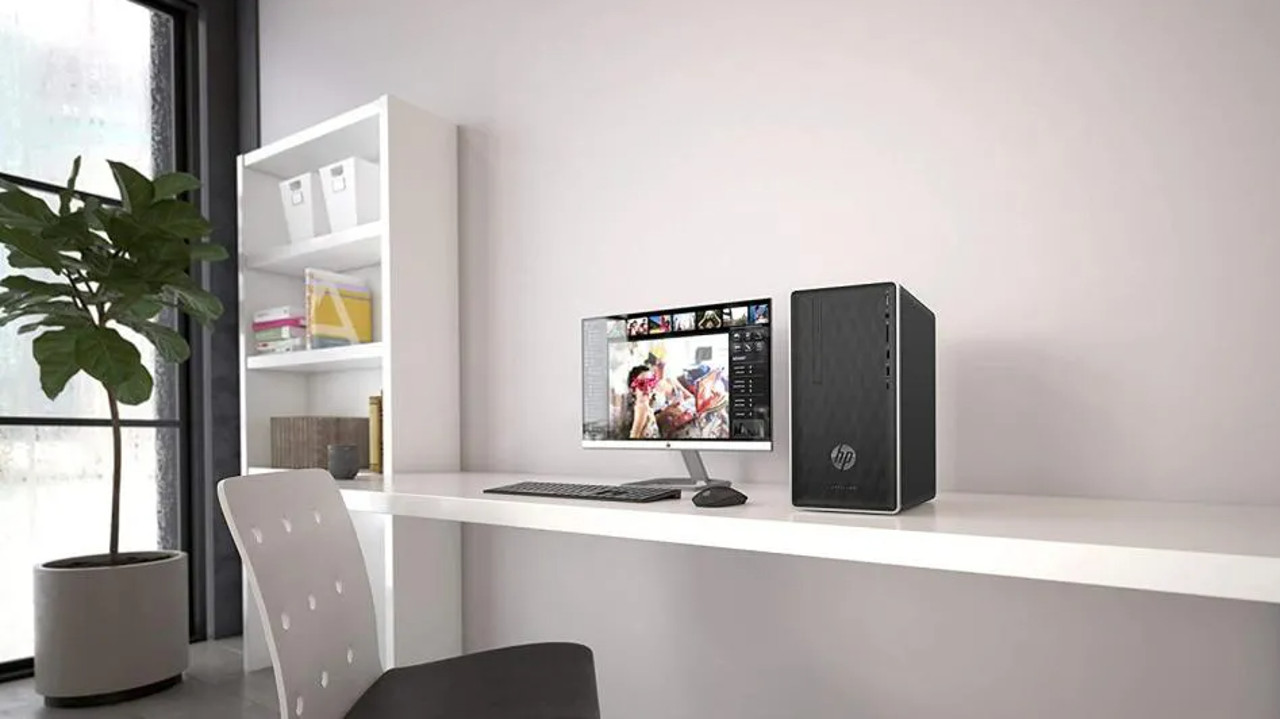
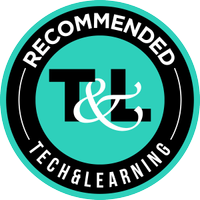
The most affordable desktop computers for teachers can be worth their weight in gold when put to good use. These powerhouses can be used for such a wide range of tasks that they are ideal work horses for most schools.
The trick is being able to save money on getting an affordable option, while still having enough processing power to use it across different tasks. Since some are more demanding than others -- video editing over word processing, for example -- finding that balance can be tricky.
This guide aims to help you find the ideal desktop computer for your school needs. So, it's worth considering all the uses you will have for this. Is it for a specific class? Will you need a dedicated graphics processor for gaming and editing? Have you factored in extras such as a monitor, keyboard, mouse and headsets -- or are these included?
Once those questions are answered check below to find the ideal model to suit your specific needs.
Most Affordable Desktop Computers for Teachers
1. Acer Aspire C24: Best overall
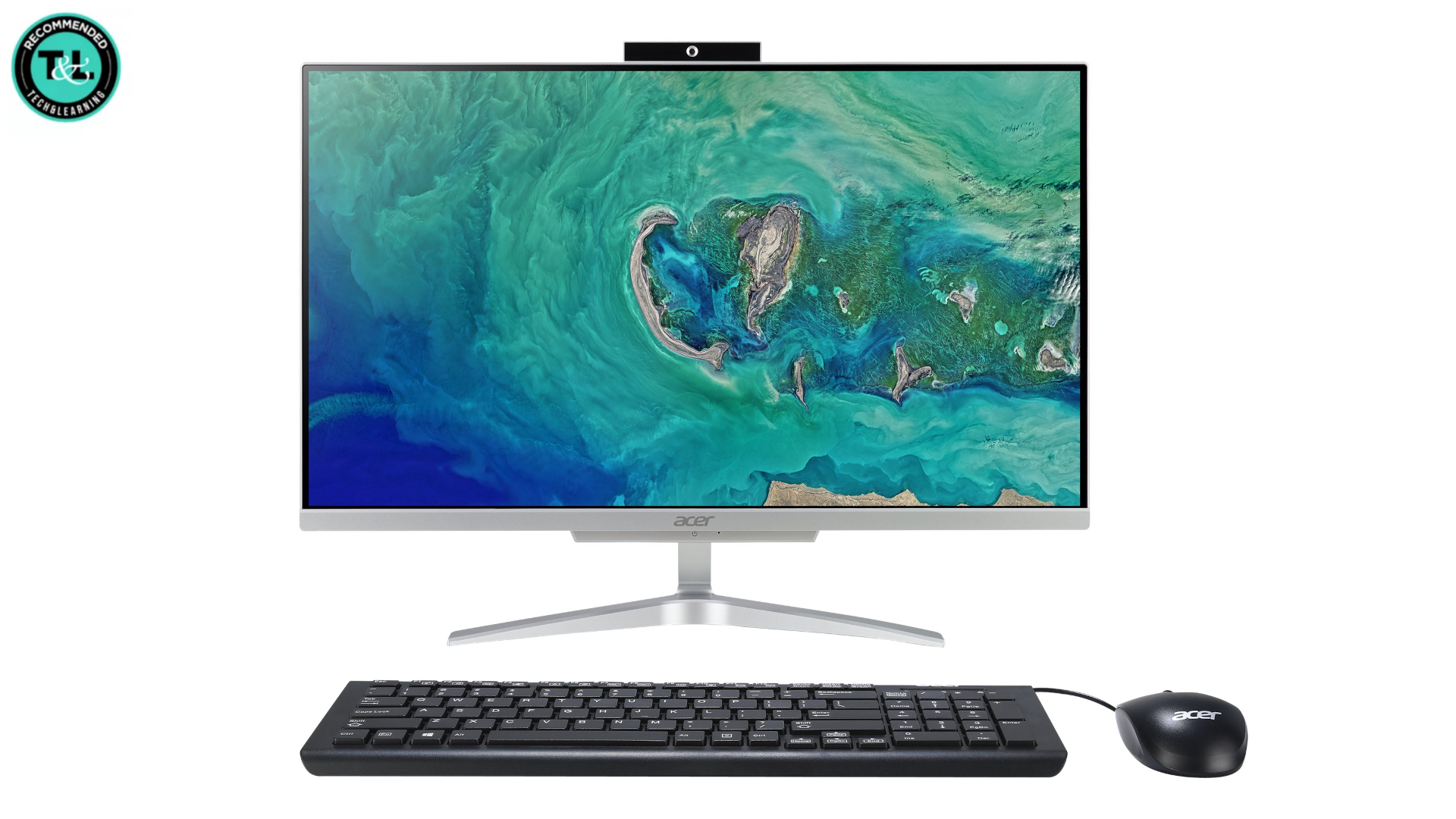
Acer Aspire C24
Our expert review:
Reasons to buy
Reasons to avoid
The Acer Aspire C24 straddles that line between price and performance to give the best of both worlds. As such, you can expect a low price point while still packing in premium features such as Intel Core i3 or i5 processing onboard.
This is a compact unit that not only saves space but also comes as a complete package so you don't need to worry about buying extras such as a mouse, keyboard, or monitor. That screen is a Full HD display for high-resolution imagery. It's also sporting a built-in webcam, making this ready for instructional teaching, online video chats, and beyond. Plus, there is a privacy cover for peace of mind when not in use.
Storage is plentiful and fast with an onboard SSD, broad-wired, and wireless connectivity options, plus the choice to spend more for expanded functionality should you need it.
2. Apple iMac 24-inch (M4): Best for Apple users
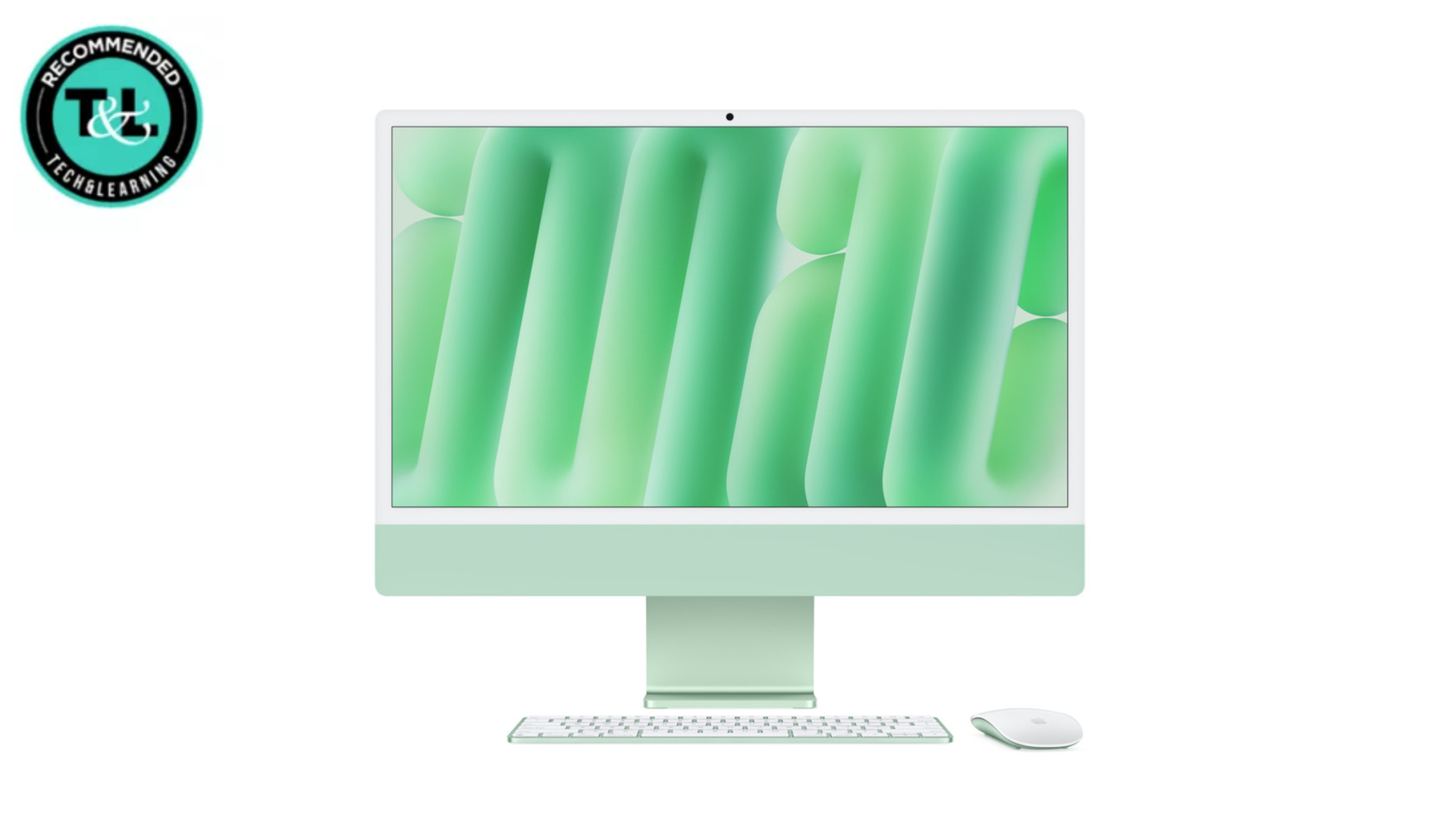
Apple iMac 24-inch (M4)
Our expert review:
Reasons to buy
Reasons to avoid
The Apple iMac 24-inch (M4) will cost you a bit more than a Windows machine, but then you get that functionality, security, and aesthetic simplicity that can be expected from the brand. Ideal if your school is already Apple-focused with other devices.
This model offers a built-in, well-sized display with 4.5K Retina quality for superb resolution, color reproduction, and dynamic range. All you'd expect from a brand built on serving designers and graphical editors, then.
That M4 chip is powerful enough to handle most teacher tasks while keeping cool and quiet running -- even when multitasking.
The 1080p camera onboard is backed by a triple microphone for clear video recording as well as video chat.
This is a future-proof option that costs a bit more up front but when you offset that against how long it should last, it works out as a really good option.
3. Dell OptiPlex Micro Form Factor: Best for powerful multitasking
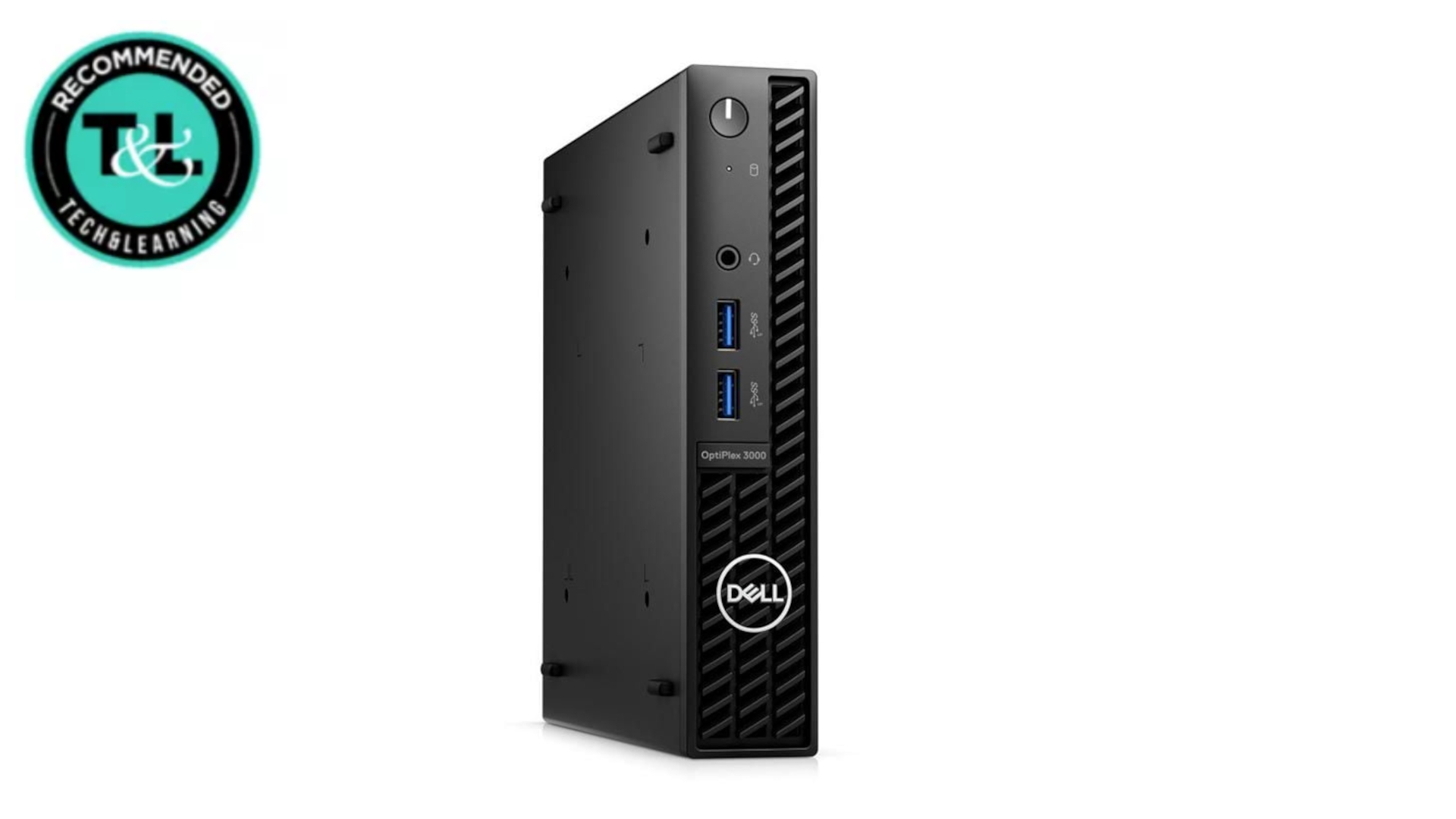
Dell OptiPlex Micro Form Factor
Our expert review:
Reasons to buy
Reasons to avoid
The Dell OptiPlex Micro Form Factor combines top-end power crammed down into a very small frame. This is built to sit on the back of a monitor, out of sight and not taking up any more room, making it ideal if you already have monitors and limited space yet still require desktop-level performance.
Dell offers an Intel Core i5 processor and lots of RAM at a minimum here, so this should be able to handle most tasks -- even when running multiple ones at the same time.
Whatever level you spec this out at initially, it can be changed down the line as this is easily serviceable and can be upgraded with plenty of connectivity ports. That also helps to make this a great option for working with peripheral devices.
4. HP Chromebase All-in-One 22: Best for ChromeOS
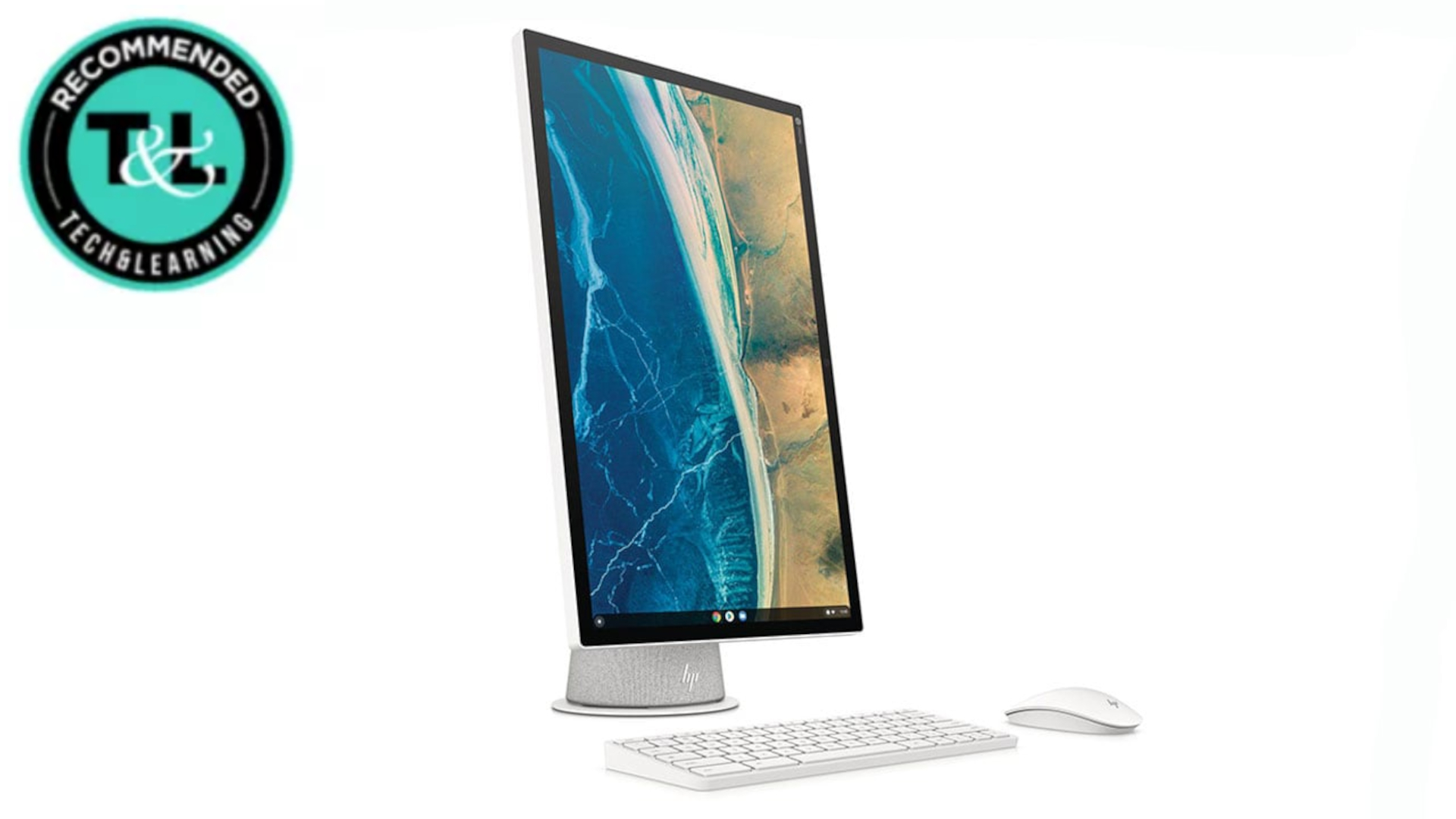
HP Chromebase All-in-One 22
Our expert review:
Reasons to buy
Reasons to avoid
The HP Chromebase All-in-One 22 is a do-it-all system that starts at a good price point and can be scaled. Crucially, this runs ChromeOS, ideal if you're already invested in that ecosystem but want something with a bit more power than a laptop.
Here you get a 21.5-inch Full HD display that's also touch sensitive and can be rotated a full 90 degrees, to offer portrait mode as needed. Yup, just like a giant phone or tablet, this is great for reading long documents, planning lessons, or browsing websites.
The 5-megapixel webcam comes with privacy shield plus quality 5W Bang & Olufsen speakers for a very clear audio performance. A fast SSD for storage is backed by plenty of RAM, and an Intel Core i3 processor that should be able to handle multitasking with ease.
5. Framework Desktop: Best for upgrades
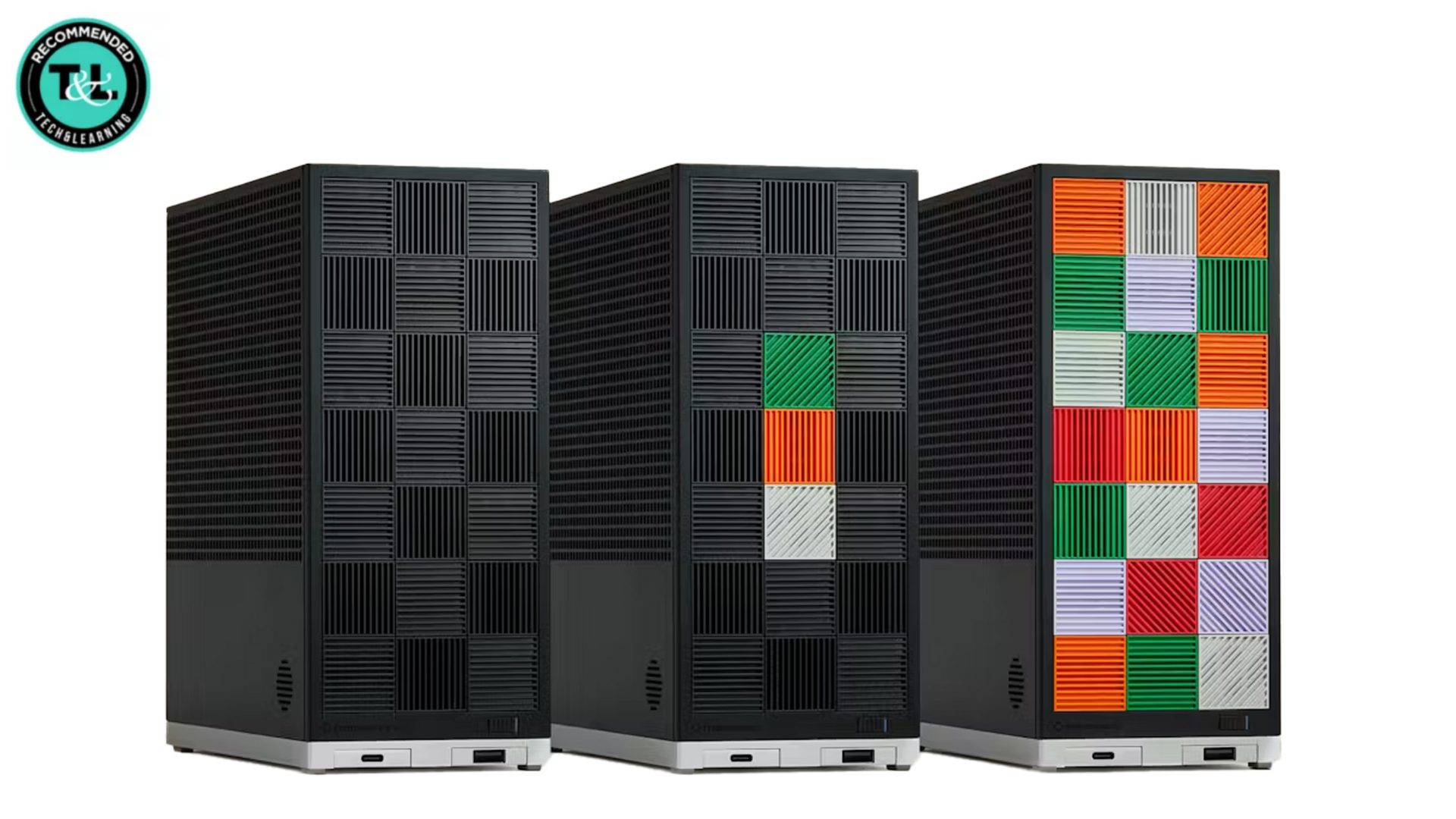
Framework Desktop
Our expert review:
Reasons to buy
Reasons to avoid
The Framework Desktop is a modular system that is ideal if you want a setup that can be changed and upgraded down the line. You can easily add storage, memory, ports, and more, all to help extend the lifetime of this setup.
The unit comes with AMD Ryzen AI Max 300 processors and integrated Radeon graphics with up to 128GB of LPDDR5x memory. All that should mean great speeds, even when working graphically.
The DIY version comes without an operating system, which will allow your school to add whatever OS works best to fit with your current setup. This can save you money on something you may already have a license for, so you can spend it on getting the best PC performance.
6. Academy Intel Core i5 14400 PC System: Best for customization
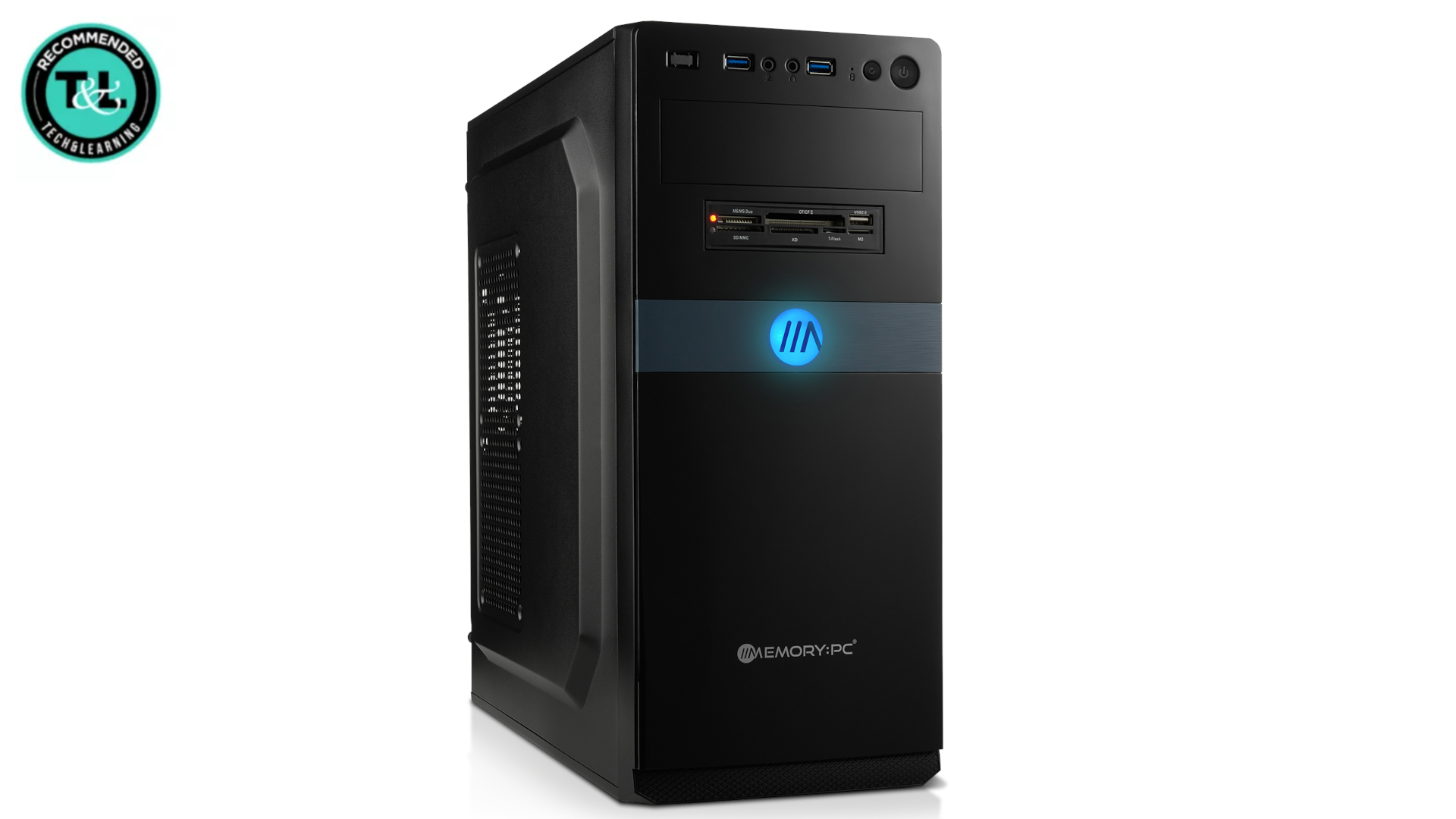
Academy Intel Core i5 14400 PC System
Our expert review:
Reasons to buy
Reasons to avoid
The Academy Intel Core i5 14400 PC System gives you some high-end specs in that classic desktop tower form factor. As such, you can get a good price on some very powerful performance setups.
Expect a 14th Gen Intel Core i5 processor with speeds up to 4.7GHz and DDR5 RAM. That should make this able to handle most tasks even with that Intel UHD Graphics 730 being onboard. Or, to make it gaming and video editing friendly, you have the option to add in a dedicated GPU also.
This options lets you vary the specs widely, so you can find the ideal price to power ratio to get the most needs possible covered.
Tools and ideas to transform education. Sign up below.
Luke Edwards is a freelance writer and editor with more than two decades of experience covering tech, science, and health. He writes for many publications covering health tech, software and apps, digital teaching tools, VPNs, TV, audio, smart home, antivirus, broadband, smartphones, cars and much more.
